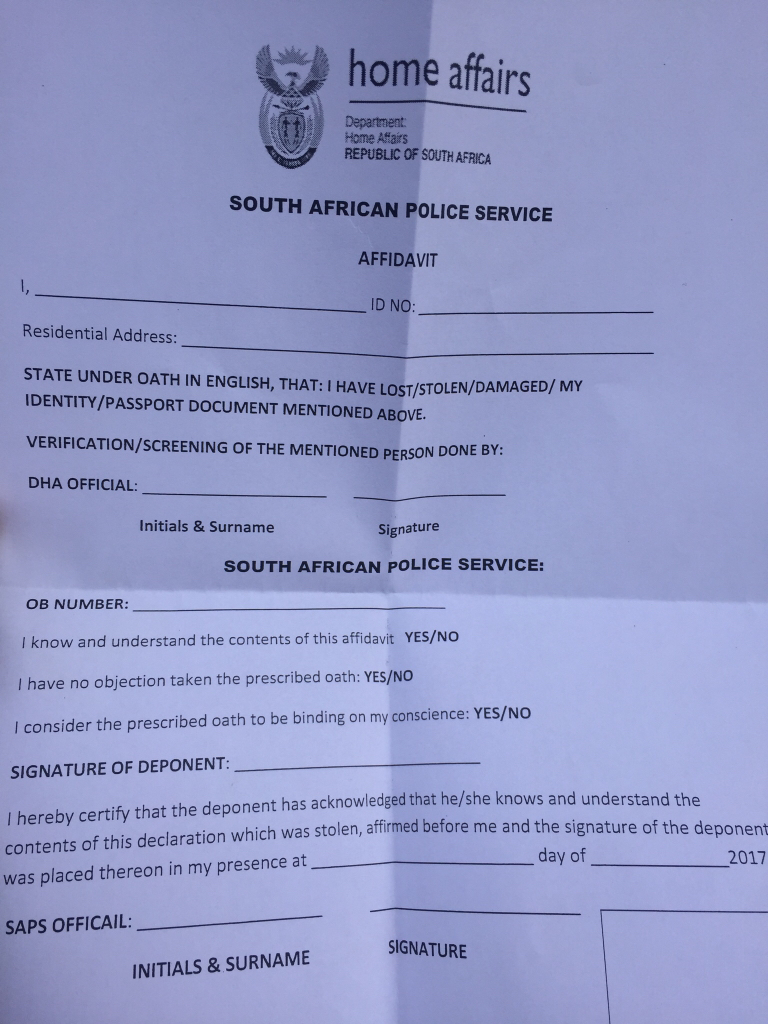

Global and local expertise for a phased rolloutįollowing a pilot in 2012, the new South African smart ID card was launched on 18 July 2013, with a phased rollout over five to seven years.įor 20, more than 5.5m identity cards have been issued by the Government Printing Works ( GPW) through enrolment in some 27 regional offices across the country. Highly durable polycarbonate ID card body.Visual security printing features to protect against forgery.Encryption keys to enable identification and verification of cardholder via contactless technology based on international standards.Embedded microprocessor to securely store citizen's data, including digital photograph and fingerprints.For the first time, this ensures that citizens can be securely authenticated to their citizen eID card. This biometric identification in the SA identity card makes it virtually impossible to duplicate the national identity card.

Two means of authentication are implemented:Īn embedded secure software with its microprocessor securely contains identification details and ensures that only authorized authorities can read and verify the card's data using contactless readers. However, fraud and theft have made the paper book increasingly insecure for individuals and the authorities.Īs part of a significant national investment in technology modernization, the Department of Home Affairs (DHA) decided to put in place a new national identity card. Enhanced identity theft protection with the new national ID cardįollowing research into national eID programs implemented by governments worldwide, the DHA opted for an eID card - for its high level of security and advanced data-protection mechanisms. The green bar-coded identity book is used as proof of identification for many uses, such as applying for a driver's license or passport, voter ID authentication, and opening a bank account. In 1994, the new democracy willing to restore dignity for black citizens decided to issue the green book to all citizens. Not having the book would result in arrest and expulsion to reserves.ĭesigned to segregate the population, it became one of the most hated symbols of apartheid. Non-white citizens were always required to carry the " dompas" (dumb pass), allowing them to live and work in specified parts of the country. They also contained driving licenses and firearm permits. They were utilized for contracts or almost all interactions with the administration. RSA, with a population of over 59 million, is a multi-ethnic democratic nation.ĭuring apartheid, compulsory passbooks were issued to all black citizens over 16. National identity card initiated by the Department of Home Affairs


 0 kommentar(er)
0 kommentar(er)
